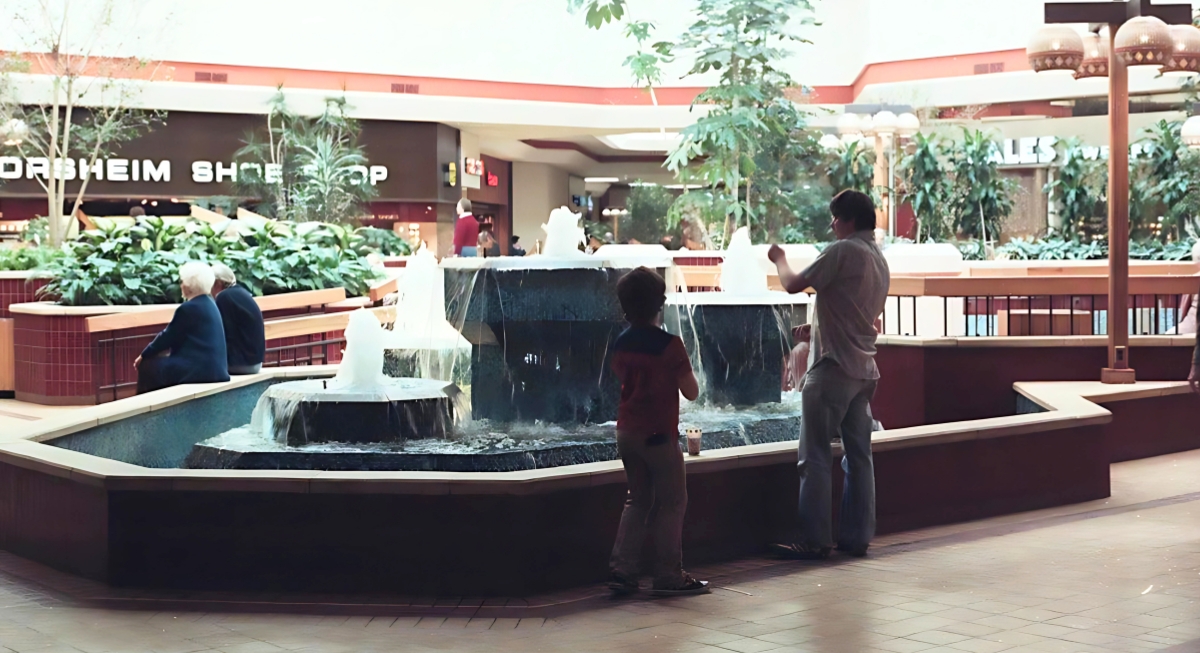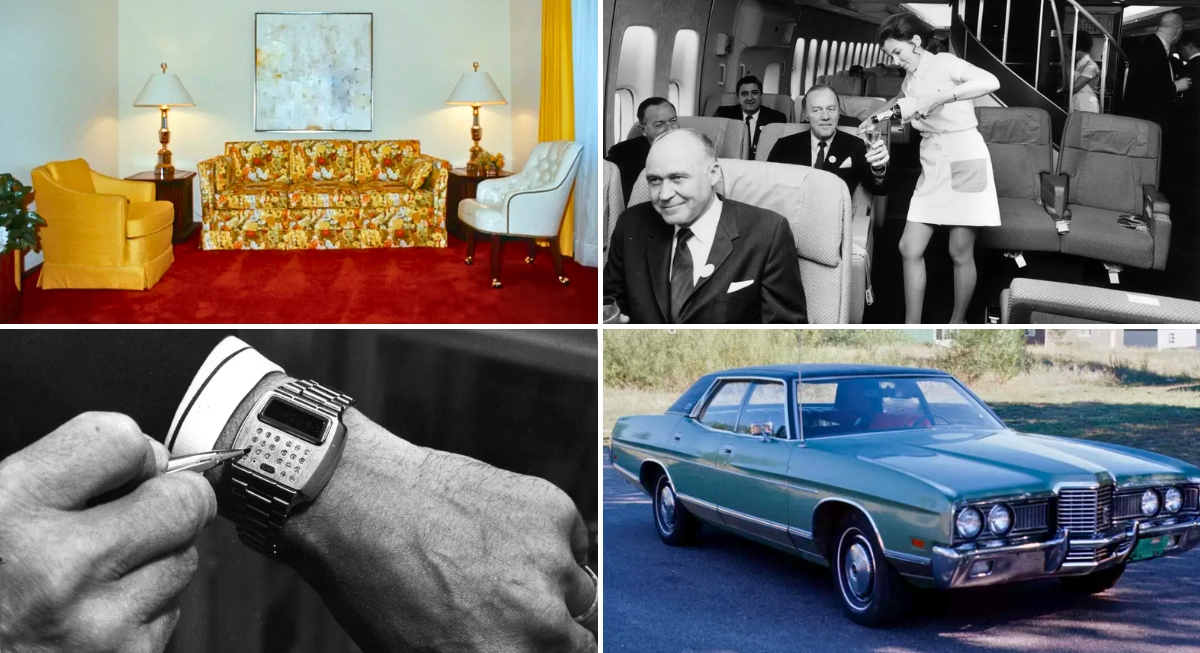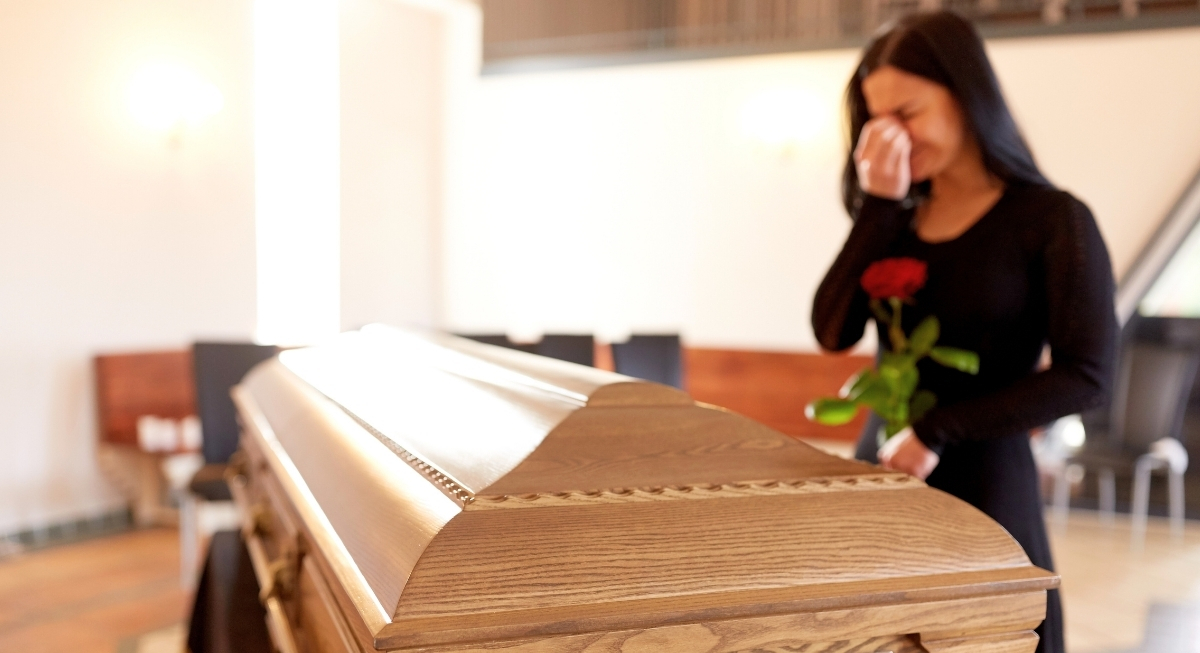The 1970s were the golden era for American shopping malls. These complexes offered a unique combination of shopping, entertainment, and social interaction. Let's take a nostalgic journey through features that made 1970s shopping malls truly special.
Indoor Fountains and Water Features

Credit: flickr
You could hear the mall before you saw the stores—soft gurgling from a central fountain, maybe accented by rainbow lighting or a spray timed to music. Malls like Belden Village or Randhurst had massive fountains that became spots to meet, chat, and toss in a penny.
Aviaries and Live Birds
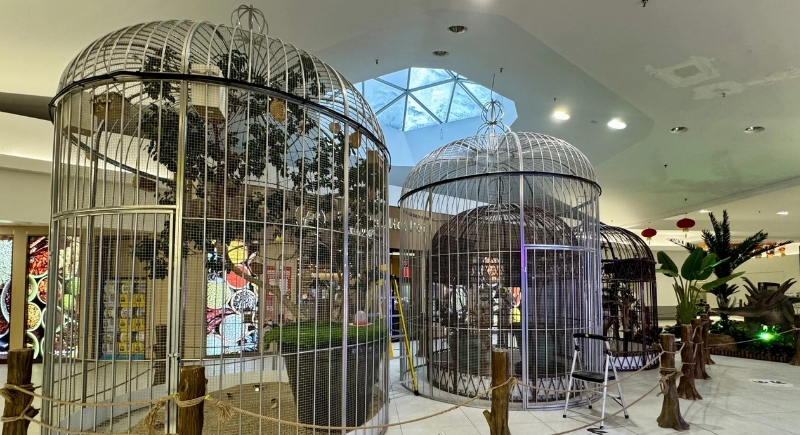
Credit: Reddit
Believe it or not, some malls were home to chirping, feathered residents. These aviaries offered a delightful distraction for kids and adults. It was a surprisingly successful attempt to bring nature into neon-lit corridors.
Sunken Seating Areas
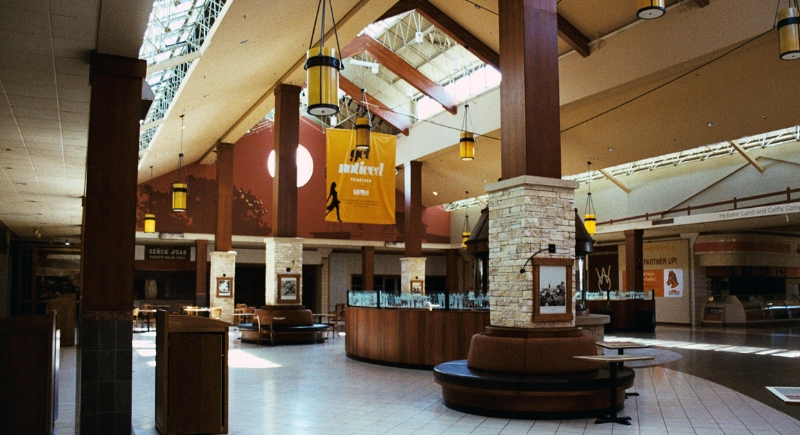
Credit: Reddit
The 1970s were big on conversation pits, and malls followed suit. Instead of bland benches lining the walkways, sunken lounges with built-in seating and plants offered cozy nooks to rest bags and feet. These spaces invited you to sit and stay a while instead of rushing out after a purchase.
Ice Skating Rinks
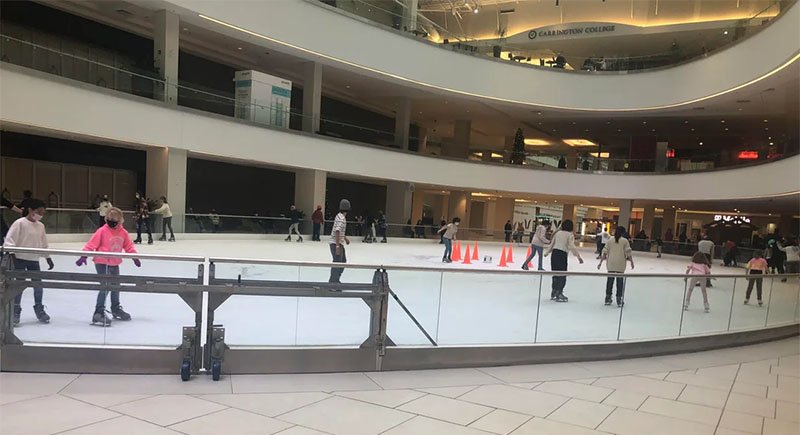
Credit: Reddit
Some malls took “year-round fun” literally and added full-on ice rinks inside their walls. Skating wasn’t just a winter sport anymore—you could spin and stumble in July. It turned a typical shopping Saturday into a family outing on ice and gave a 100% reason to stay longer.
Clock Towers with Animated Figures
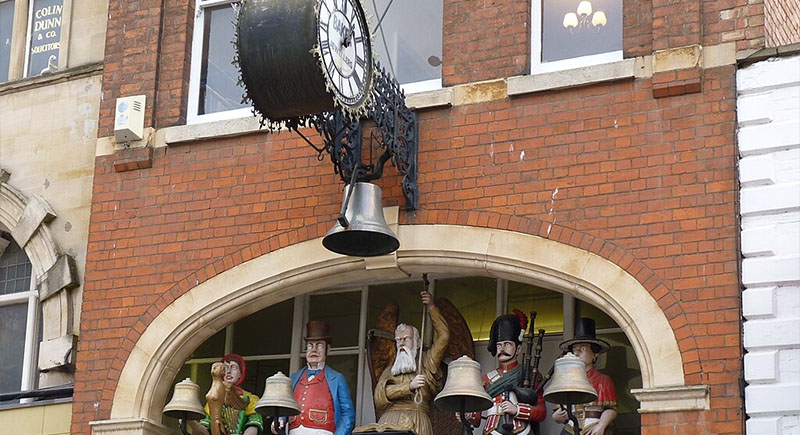
Credit: Wikipedia
Some malls, like Monroeville, installed towering clocks that came to life hourly with dancing puppets or mechanical figures. Kids would gather around, fascinated, while parents got a short breather. They were theatrical and a little weird—in the best way possible.
Live Music and Performances
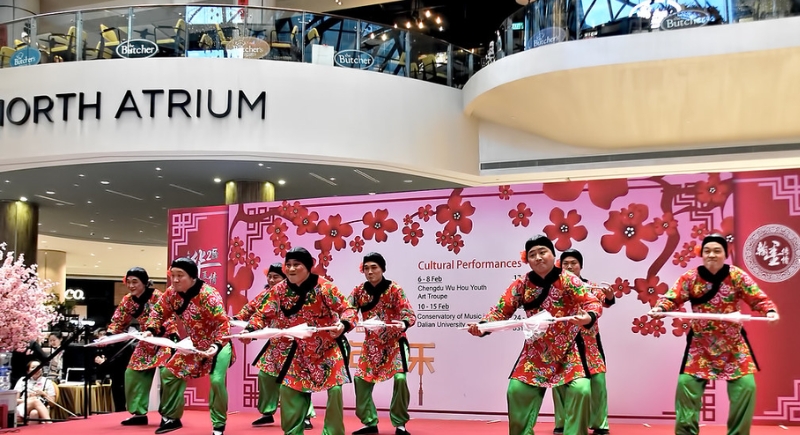
Credit: flickr
Before Spotify and Bluetooth earbuds, mall-goers enjoyed live tunes right in the atrium. Bands, local choirs, and even school groups regularly performed on makeshift stages. These performances also helped local talent shine.
Themed Architectural Designs
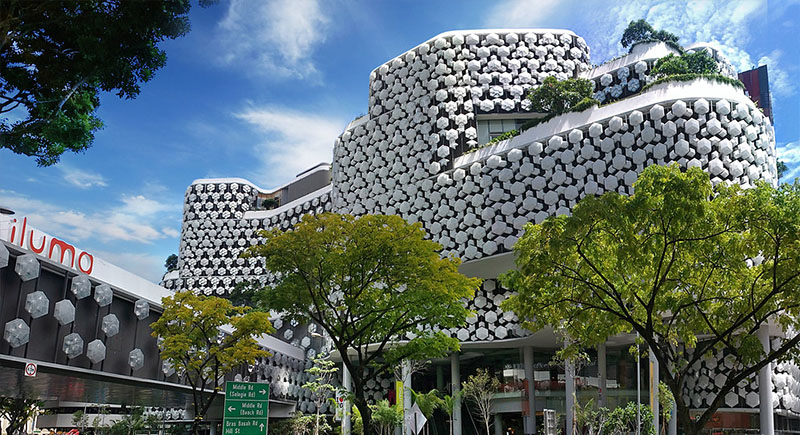
Credit: flickr
No two malls looked alike in the ‘70s. Some leaned futuristic with angular shapes and mirrored surfaces, while others embraced lodge-like charm with wood beams and stone fountains. These themes made shoppers feel transported without ever leaving their zip code.
Community Events and Exhibitions
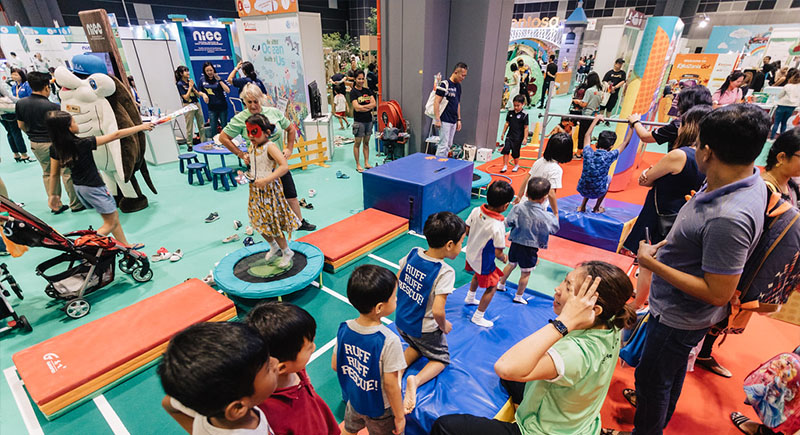
Credit: flickr
Malls doubled as event venues back then. If the community had something to share—holiday parades, art displays, cheer competitions—the mall offered space to do it. They actively engaged with local culture and became a hometown stage.
Children's Play Areas
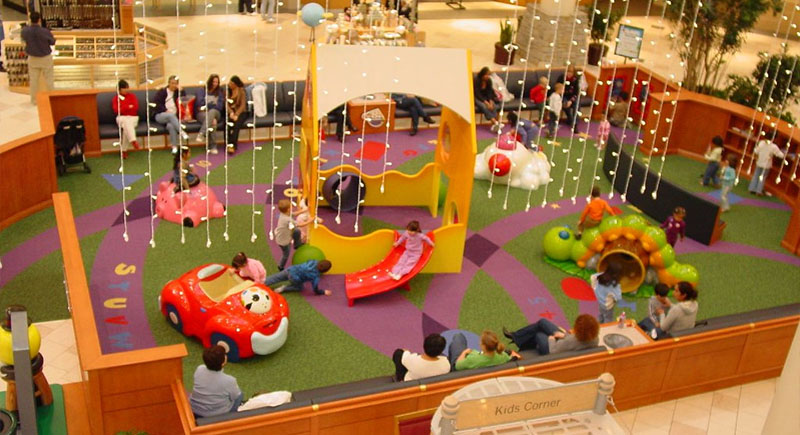
Credit: flickr
Kids were content to burn off energy in padded play zones. Brightly colored jungle gyms, mechanical rides, and interactive toys kept younger shoppers busy while adults browsed. It wasn’t daycare, but it gave parents a much-needed break.
Distinctive Storefront Designs
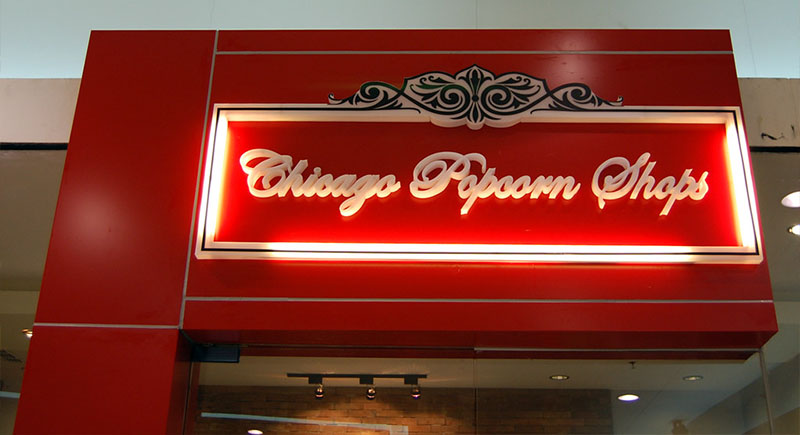
Credit: flickr
Every store tried to outdo the next with bold signage, wild window displays, and even themed facades. Unlike today's cookie-cutter layouts, 1970s storefronts had personality. Walking through the mall felt like flipping through channels.
Seasonal Decorations and Displays
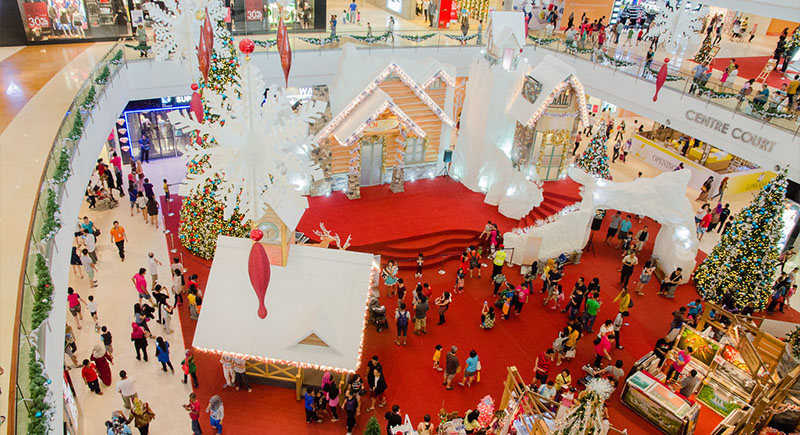
Credit: flickr
Malls in the 1970s knew how to transform for holidays with a life-size Santa's village, animatronic reindeer, or pastel-colored bunnies. These setups sparked photo ops and set the scene for festive shopping sprees.
Food Courts with Diverse Offerings
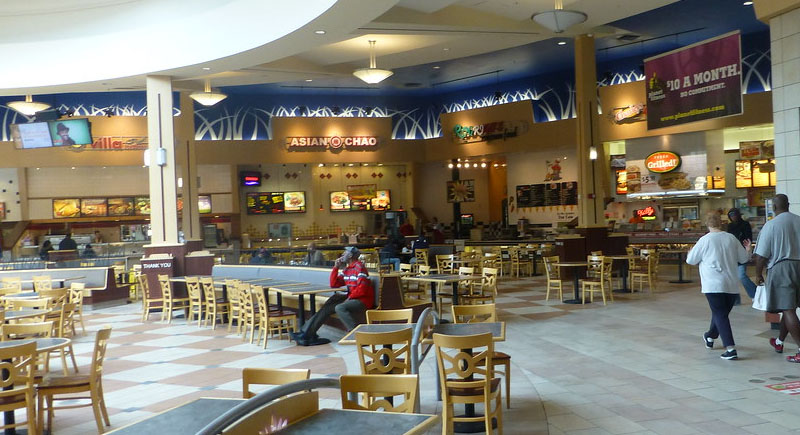
Credit: flickr
Suddenly, instead of debating one restaurant, families could spread across Chinese takeout, hot dogs, and pizza—all under one fluorescent-lit roof. The options ranged from greasy favorites to local specialties and mirrored the diversity of the people passing through.
Interactive Exhibits and Installations
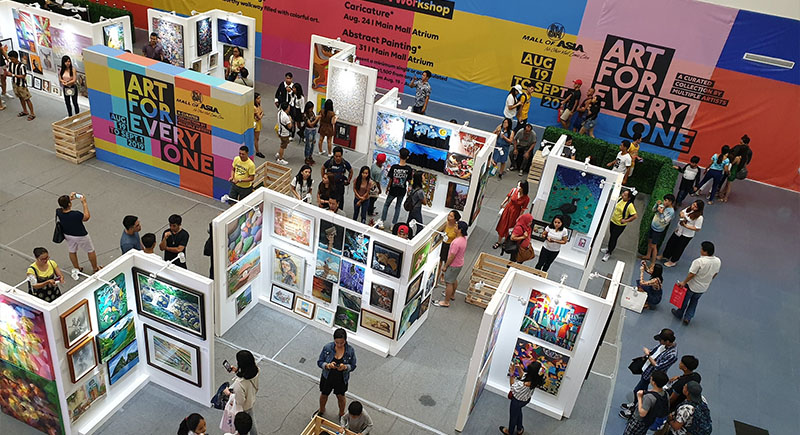
Credit: Facebook
Malls also offered science fairs and art shows. Some centers housed hands-on displays where kids could press buttons, spin globes, or stare wide-eyed at glowing sculptures. These were short-term installations that taught, entertained, and got people talking.
Community Bulletin Boards
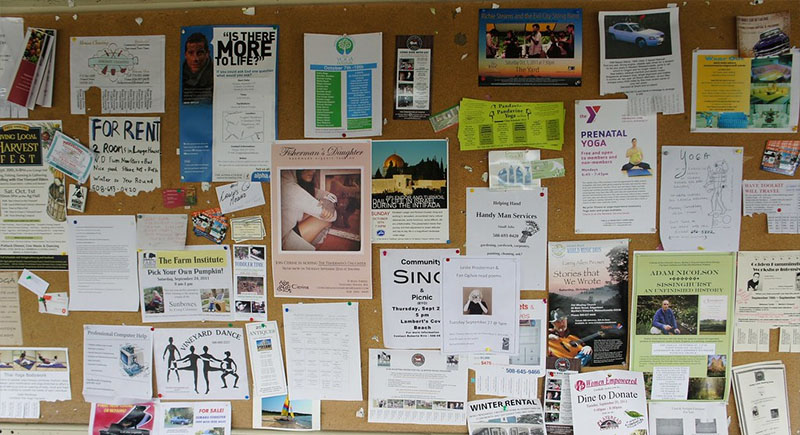
Credit: flickr
Right by the mall entrance or next to the info desk sat the local info goldmine: the bulletin board. They were covered in flyers, handwritten notices, and business cards tacked on with pushpins. Their purpose was to connect shoppers with everything from babysitters and guitar teachers to pancake breakfasts and blood drives.
Indoor Landscaping
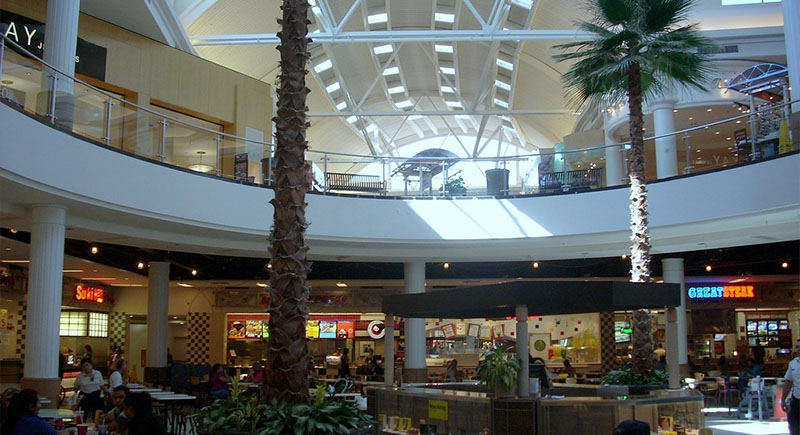
Credit: flickr
Many malls brought the outdoors inside with elaborate indoor landscaping—lush planters, winding garden paths, and even little waterfalls between stores. The trend echoed the 1970s love for nature-meets-modern living. Nothing says “take your time” like a park bench beside a potted ficus.

